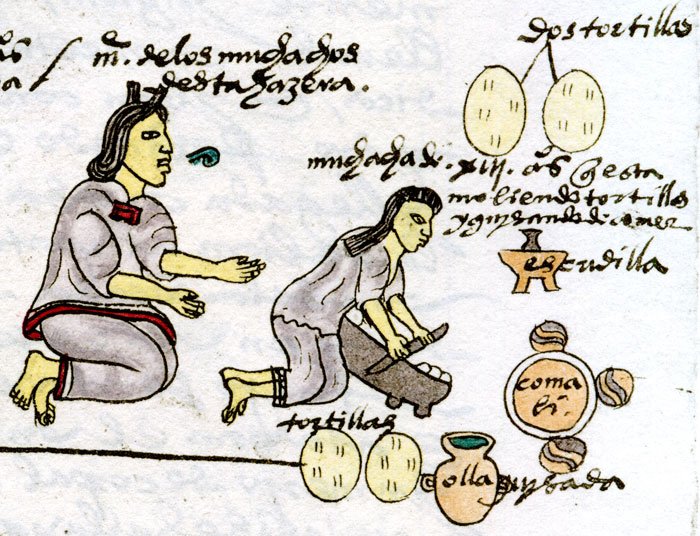Clay Comal vs Carbon Steel Comal
/This is a great question and I often get asked what makes clay so special. This article will explain the whole story.
Well before the Conquest of modern day Mexico, the indigenous peoples were using slow cooking methods, earthen pit ovens and ceramic pottery to cook their food. This ancestral method allowed for more gentle cooking - think braises, soups, stews, pit smoked BBQ etc. The comal cooked, toasted, roasted and blistered ingredients in a fashion similar to a modern griddle with dry heat acting as the main energy source. Copper may have been used for cooking, but was much more prized for its beauty aesthetic in jewelry than cooking. It wasn’t until the Spanish Conquest of 1519 that steel made its appearance - for better and worse.
Clay cookware is made from 100% pure and natural materials found within the various regions of Mexico. Some villages have been making these comales since well before the arrival of Europeans. There are no toxic materials or chemicals that go into the making of this cookware and that method has withstood the test of time.
The Science Behind a Clay Comal:
“Thermal Inertia: the degree of slowness with which the temperature of a body approaches that of its surroundings and which is dependent upon its absorptivity, its specific heat, its thermal conductivity, its dimensions, and other factors”
The most important thing you need to know about clay comales or comales de barro is that they retain heat better. We often focus on how metal like copper and carbon steel conduct heat and simply put, yes they may move heat energy around faster, meaning they are quick to heat up. For quick frying this is great - but it’s not the whole story for Mexican cooking. The natural earthenware or clay retains heat much better than its metal counterpart. The natural material takes longer to heat up and cool down, meaning it will continue to cook a tortilla at a similar temperature even if you turn the flame down. This is known as Thermal Inertia.
Essentially this means that clay can store up to three or four times more heat than metal before it moves this heat to ingredients on the comal. In a study conducted by Todd Oppenheimer of CraftmansShip.net he notes the following:
Clay has a specific heat rating of .33
Iron has a specific heat rating of .11 — about one third that of clay.
And copper has a specific heat rating of .09 — almost a fourth that of clay.
Flavor:
An unglazed clay cookware piece is made from earth. It is the first material of vessels used for cooking because it was frankly - in everyone’s backyard. All our ancestors had to do was dig. Clay cookware is noted for its earthy notes, especially in beans. Moisture trapped in the pores of each comal or bean pot infuses into the ingredients. Let’s say you take the time make an incredible salsa on a cast iron skillet and hand blend it in a molcajete, only to sit down and enjoy it but find that the metallic taste from the cast iron has tainted the charred tomatillos milperos - gross! With clay this will never happen - cal may flake off into the skin of the tomatillos, but just think of this as added calcium and give a small thank you to our ancestors.
Comales de barro at Enrique Olvera’s Criollo, Oaxaca
Durability:
Sure - it’s fragile, but I find it much more delicate and emotionally satisfying to flip tortillas on something my ancestors have been cooking on for thousands of years. For me it’s about enjoying the process of cooking - heating up the comal to the perfect temperature for toasting chiles and then adjusting it later to accommodate the handmade tortillas I’m about to flip. The comal is a part of our ancestral identity and it’s still used today in small villages and fine dining restaurants across the Mexican Republic.
It’s why I started Poctli !



